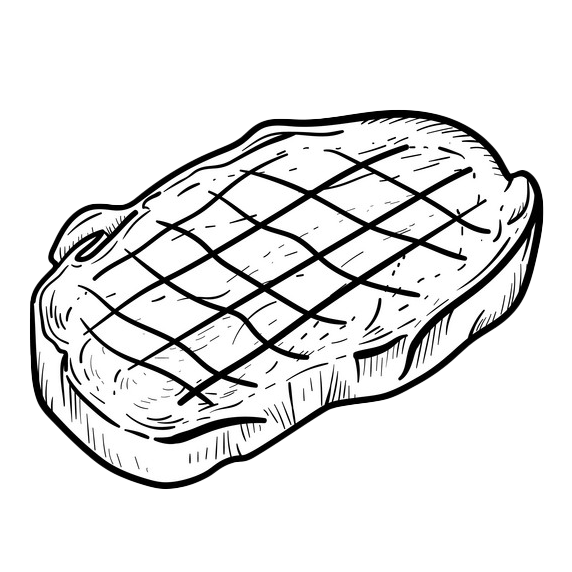Copper River Salmon

https://www.nrcs.usda.gov/wps/portal/nrcs/ak/newsroom/releases/ca165d47-8133-4e7a-99b3-67c50d9ab1a6/
Alaska’s Copper River drains over 27,000 square miles of interior Alaska. Together with the several-hundred square miles of Bering River has a drainage, of only a few hundred square miles, these systems enter the Prince William Sound and provide spawning and rearing habitat for all five species of Pacific salmon: chinook (also called king), coho, pink, sockeye, and chum.
Copper River Salmon
By Dale Mayo, July 28, 2022
The Copper River Basin is an area about the size of West Virginia located in Southcentral Alaska between the Wrangell Mountains and Chugach Range where the Copper River flows into the ocean near Prince William Sound (PWS).[1] PWS is home to five salmon hatcheries, including the largest pink salmon and second largest chum and sockeye salmon enhancement programs in the state. The sockeye and Chinook (king) salmon runs that have been commercially fished since the late 1800s are among the earliest and most prized in the state. Salmon runs are harvested by commercial permit holders and managed by the Alaska Department of Fish and Game.[2] For the indigenous people of the Pacific Rim, salmon are a primary source of protein and also a part of their culture. Native groups celebrate the first return of salmon and individuals catch and store salmon for their families to eat all winter.[3]
The Copper River has a highly diverse salmon habitat, as measured by air temperature during the summer growing season, stream elevations, and connections to floodplains. Diverse habitat is associated with high densities of salmon populations. The density of king (chinook) salmon in the Copper River is comparable to that of the larger Kuskokwim River and the density of sockeye salmon is higher than in Bristol Bay (a widely known sockeye salmon stronghold).[4]
The Copper River Delta is recognized worldwide as an important conservation area for fisheries. With 700,000 acres, the largest contiguous wetland on North America’s Pacific coast, it provides spawning and rearing habitat for all five Pacific salmon species.[5] The PWS and Copper River Delta are key to local and migratory birds and other wildlife. After the 1989 Exxon Valdez oil spill, the area has been a focus of studies and conservation efforts. A new public-private project in Alaska’s Copper River Watershed aims to improve salmon habitat and reduce flood risk – by restoring access to an estimated 187.5 miles of streams and 527 acres of lake habitat to sockeye, king, and coho salmon, providing significant benefits to subsistence, sport and commercial fisheries.[6]
Salmon Lifecycle

https://www.fs.usda.gov/detail/tongass/home?cid=fsbdev3_069280
Salmon emerge from their eggs as tiny alevins in freshwater streams, lakes, and rivers. Some salmon spend one to three years in freshwater before entering the ocean (king, coho, and sockeye) and some (pink and chum) transition directly from fresh to salt water and grow into adults in the high seas of the North Pacific Ocean. A biological clock tells the salmon when it's time to return to the place of their birth to spawn a new generation.[7]
The salmon that swim up the Copper River pack on the pounds before the marathon 300-mile trek, which means super moist and extra flavorful fish.[8]
Pacific Salmon Species

https://jasonsguideservice.com/salmon/
All salmon species are known for their high levels of omega-3 fatty acids, but some have higher levels than others. The cold temperatures and heavy terrain of the Copper River that these fish face each year requires extra energy, which results in high omega-3 fat reserves. Copper River salmon are packed with flavor, high in nutrients, and have a buttery texture, which make them highly coveted by top chefs and restaurants worldwide. The three species that swim up the Copper River to lay their eggs are king (Chinook), sockeye, and coho.
King (Chinook)
Adult king salmon (Oncorhynchus tschawytscha) can weigh 20-50 pounds. King salmon are considered by many to be the best tasting of the Pacific salmon.[9] They have the highest oil content that gives the meat its delicate texture. They have a rich red color and succulent flavor and is the highest of the salmon species in omega-3 fatty acids.
Sockeye (Red)
The smallest of the Copper River salmon species, adult sockeyes (Oncorhynchus nerka) weigh 4-6 pounds. Sockeye meat has a deep red color, robust flavor, and firm texture. They have high levels of protein and omega-3 fatty acids. Alaska sockeye salmon also provides antioxidants such as taurine and heart-healthy vitamin B12. In addition, it contains selenium (shown to promote healthy brain function and support the immune system) and packed with protein which facilitates muscle growth.
Coho (Silver)
Coho (Oncorhynchus kisutch) are nicknamed silver because of their silvery skin. The adult weight ranges from 5-18 pounds. Their meat has a bright orange-red color and firm texture, but they have a delicate flavor. High in omega-3s.
Two other species of Pacific salmon are flavorful and nutritious, but do not use the Copper River as a breeding ground. They are harvested in the Prince William Sound, west of the Copper River Delta.
Chum (Keta)
Chum (Oncorhynchus keta) is nicknamed dog salmon because of its dog-like teeth. Adults weigh about 8 pounds. The meat has a coral-pink color, mild flavor, and firm texture and is low in fat.
Pink (humpies)
Pink salmon (Oncorhynchus gorbusha) are the most common Pacific salmon. Called humpback salmon because they develop a hump on their back when they spawn. The meat has a light rosy-pink color, delicate flavor, tender texture, and are low in fat.

From copperriversalmon on Instagram
[1] State of Alaska’s Salmon and People. https://alaskasalmonandpeople.org/region/copper-river/
The State of Alaska’s Salmon and People is a project of collaborations among individuals, agencies, tribal networks, academic institutions, nonprofits, industry representatives, policymakers, and more who respect each other and the important role of salmon in Alaska.
[2] http://www.adfg.alaska.gov/index.cfm?adfg=commercialbyareapws.main
[3] https://www.worldwildlife.org/species/pacific-salmon
[4] State of Alaska’s Salmon and People. https://alaskasalmonandpeople.org/region/copper-river/
[5] https://www.fs.usda.gov/detail/r10/landmanagement/?cid=fsbdev2_038920
[6] https://www.nrcs.usda.gov/wps/portal/nrcs/ak/newsroom/releases/ca165d47-8133-4e7a-99b3-67c50d9ab1a6/
[7] https://www.worldwildlife.org/species/pacific-salmon
[8] Kerns, J. (2016). Meet the godfather of the Copper River salmon craze. MyNorthwest Blog. May 17, 2016. https://mynorthwest.com/294197/meet-the-godfather-of-copper-river-salmon-craze/
[9] https://www.thespruceeats.com/best-salmon-delivery-services-5113486









